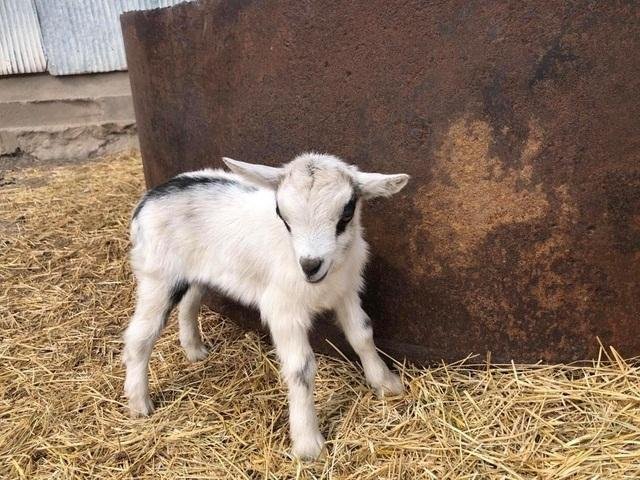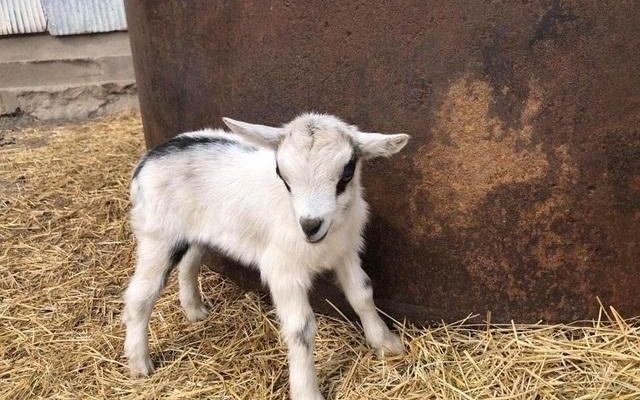
Picture this: you’re sitting outside on a sunny day, watching your Alpine goats frolic in the pasture, and suddenly, one of them starts to act a bit different. Maybe she’s restless, or you notice her belly is getting quite round. Those signs often mean it’s time for kidding—a term we use when goats give birth. Knowing what to do before, during, and after the kidding process is essential to ensure the health and happiness of both the mother goat and her kids.
So, grab your favorite drink, and let’s dive into the wonderful world of breeding Alpine goats.
Understanding Alpine Goat Gestation
Gestation in Alpine goats typically lasts about 150 days. This period is crucial for the health of both the doe (female goat) and her future kids. Think of it as a waiting game that involves several stages.
During the first few weeks, you may not even know that your doe is pregnant. She might have some morning sickness, just like humans, which is normal. As the weeks roll on, you might notice her eating more or becoming a little more moody—goats can get quite emotional, after all!
Around the 8-week mark, it’s essential to start providing extra nutrition to support her developing kids. You can feed her higher-quality hay or specialized feed formulated for pregnant does. Here’s a quick rundown of what to focus on during gestation:
- Nutritional Support: Ensure she gets protein, energy, and vitamins.
- Regular Check-ups: Monitor her health and body condition regularly.
- Comfortable Living Space: Provide a clean, dry area for relaxation.
Keeping her comfortable and well-fed helps set the stage for healthy kids when it’s time for her to give birth.
Signs of Approaching Kidding
As your doe nears the end of her gestation period, she’ll begin to show signs that kidding is imminent. You might be wondering what those signs are and how to prepare. First off, her udder will start to fill out, which is a clear indicator that she’s getting ready to have her kids.
Other signs to watch for include:
- Restlessness: She might walk around, paw at the ground, or even separate herself from the herd.
- Behavior Changes: Look for changes like nesting behaviors or vocalizations.
- Loose Morality: She may have more frequent bowel movements as her body prepares for labor.
Recognizing these signs is key. It allows you to be ready and provide the necessary support during the delivery process.
The Kidding Process: What to Expect
Kidding can be a beautiful experience, but it’s also a time when you need to be prepared for anything. When your doe goes into labor, it usually happens in three stages. The first stage can last anywhere from a few hours to even a couple of days, where she’ll start to show contractions.
During the second stage, you’ll see the actual birth of the kids. You might need to be there to help if complications arise. Here’s a simple guide for what to do:
- Stay Calm: Your goat can sense your emotions, so keep a cool head.
- Observe: Most births will happen naturally, but watch for signs of distress.
- Assistance: If you see a kid that’s stuck, gently help, but call a vet if needed.
After the kids are born, the third stage is when the placenta is expelled. It’s vital to ensure that the mother expels it fully since retained placentas can lead to complications.
Caring for Newborn Kids
Once those adorable kids arrive, the fun really begins! You’ll want to make sure they’re healthy and getting the right care. Ideally, kids should start nursing within the first hour after birth. The colostrum—the first milk produced by the mother—is packed with nutrients and antibodies that are crucial for their immune system.
Here are some steps to ensure those kids thrive:
- Monitoring: Keep an eye on how well they nurse and if they’re active.
- Clean Environment: Make sure the birthing area is clean and dry.
- Keep Warm: Newborn goats can get cold easily, so provide bedding and warmth.
You might find yourself falling in love with these little creatures as they hop around and explore their new world.
Feeding and Nutrition for Kids
Once the kids are nursing well and have settled in, you’ll shift your focus to their nutrition. Up until they’re about 8 weeks old, they’ll rely entirely on their mother’s milk. After that, you can introduce solid foods to help them grow stronger.
A few recommendations for feeding kids include:
- High-Quality Hay: Introduce alfalfa or grass hay as a supplement.
- Kid Starter Feed: Use a specially formulated concentrate for kids to boost growth.
- Fresh Water: Always have clean, fresh water available.
Good nutrition will help them grow into healthy adult goats. Plus, it sets the groundwork for quality milk production later on.
Common Challenges and Troubleshooting
While breeding Alpine goats can be rewarding, it’s not without its challenges. You might run into some common issues during gestation and after kidding. For instance, some does may experience complications during labor or struggle with milk production.
Being prepared can make all the difference. Here are a few common challenges and how to handle them:
- Delayed Labor: If labor seems to stall, consult a vet for advice.
- Milk Supply Issues: Ensuring proper nutrition can help boost milk production.
- Weak Kids: Sometimes, kids may need help nursing—don’t hesitate to assist!
Keeping a close watch during this time is essential. If you’re unsure, reaching out to experienced goat breeders or vets can make the process less stressful.
Breeding Alpine goats, from gestation to caring for those playful kids, is a rewarding journey filled with learning and love. While you might face a few challenges along the way, each moment—from watching your doe grow round to witnessing the miracle of life—is worth it. Remember that preparation and knowledge are your best friends in this endeavor.
By understanding the ins and outs of breeding, you’re not just ensuring the health of your goats but also creating a bond with these wonderful animals. So, go ahead and embrace the journey. Enjoy those joyful moments as you raise your Alpine goats, and look forward to all the adorable antics that come with those lovable kids!

